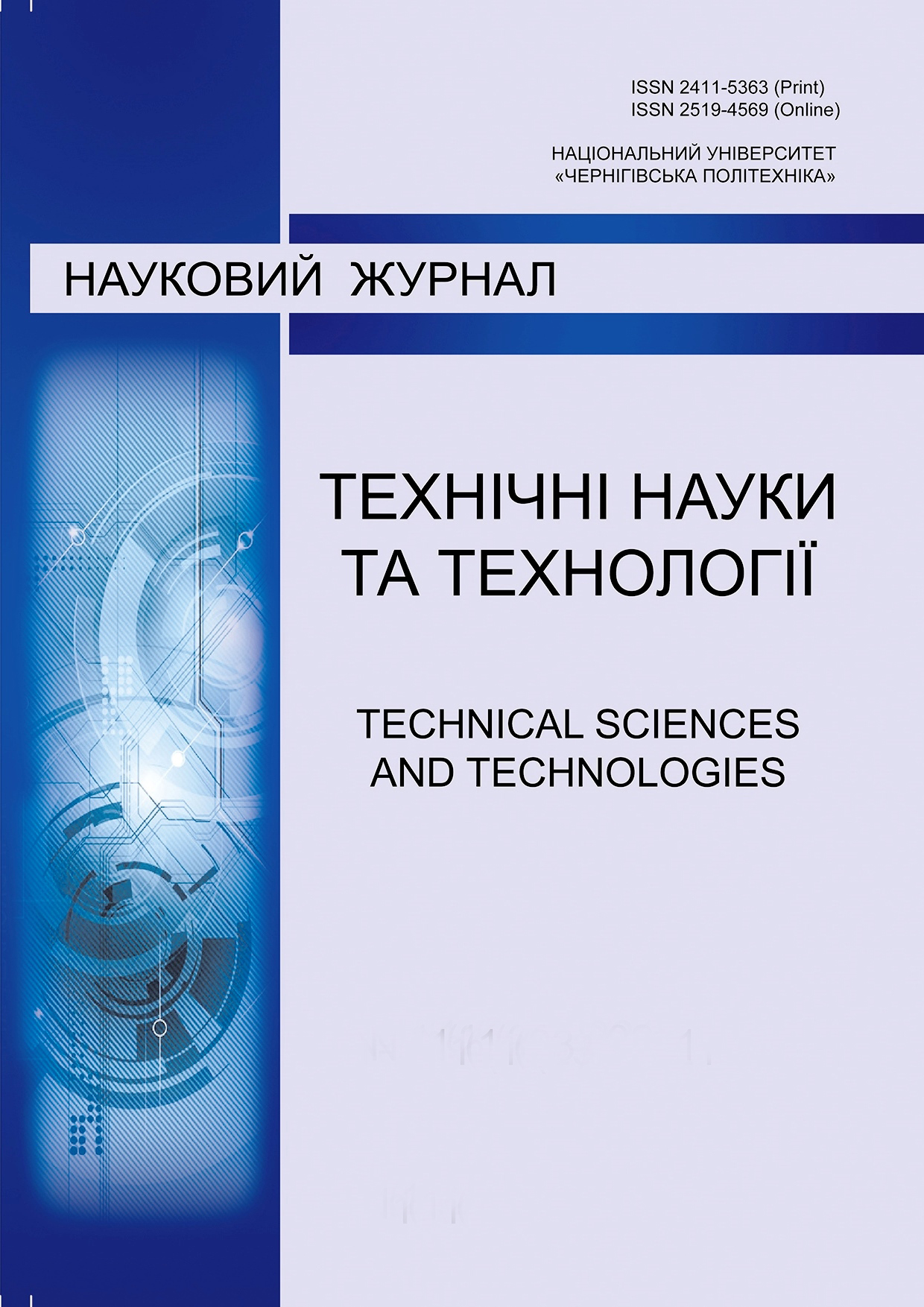Аналіз зв’язку мінливості рівнів підземних вод та індексів метеорологічних посух засобами платформи Google Earth Engine
DOI:
https://doi.org/10.25140/2411-5363-2023-3(33)-205-214Ключові слова:
моніторинг; свердловини; Landsat; ГІС; геодані; часові ряди; кореляціяАнотація
Дані спостережень за змінами положення рівнів ґрунтових вод у свердловинах Державної мережі гідрогеологіч-ного моніторингу України були використані для проведення аналізу їх взаємозв’язку із окремими спектральними ін-дексами (індикаторами посухи), встановленими за даними дистанційного зондування. Отримані результати дозво-лили встановити, що індекси посухи доцільно використовувати для оперативної оцінки впливу посухи на ресурси ґрунтових вод. Вивчення режиму рівнів для групи свердловин із різними гідрогеологічними властивостями може до-помогти зрозуміти вплив метеорологічної та гідрологічної посухи на водоносні горизонти підземних вод у межах досліджуваної території Карпатського регіону.
Посилання
Davybida, L., Kasiyanchuk, D., Shtohryn, L., Kuzmenko, E., & Tymkiv, M. (2018). Hydrogeo-logical conditions and natural factors forming the regime of groundwater levels in the Ivano-Frankivsk region (Ukraine). Journal of Ecological Engineering, 19(6), 34-44. doi:10.12911/22998993/91883.
Davybida, L., Kasiyanchuk, D., & Shtogrin, L. (2020). Spatial analysis of the relation between the distribution of dangerous exogenous geological processes and landscape hydrogeological complexes in Transcarpathian. International Conference of Young Professionals, GeoTerrace 2020. doi:10.3997/2214-4609.20205755.
Directive 2000/60/EC of the European Parliament and of the Council of 23 October 2000 estab-lishing a framework for Community action in the field of water policy [official website]. http://eur-lex.europa.eu/resource.html?uri=cellar:5c835afb-2ec6-4577-bdf8-756d3d694eeb.0004.02/DOC_1&format=PDF.
Ruban S. A., Shynkarevskyi M.A. (2005). Hydrogeological assessments and forecasts of the groundwater regime in Ukraine. Kyiv: UkrDHRI.
Shestopalov, V.M., Liuta, N. H. (2016). State and ways of reforming the state groundwater mon-itoring system considering the international experience and the requirements of the Water Framework Directive of the European Union. Mineral Resources of Ukraine, 2, 3-4.
Koshliakov, O. Y., Dyniak, O. V., & Koshliakova, I. Y. (2017). Cross-border aspect of geoinfor-mation provision of water resource management in Ukraine. 16th International Conference Geoinformatics – Theoretical and Applied Aspects.
Kabeto, J., Adeba, D., Regasa, M.S., Leta, M.K. (2022). Groundwater Potential Assessment Using GIS and Remote Sensing Techniques: Case Study of West Arsi Zone, Ethiopia. Water, 14, 1838. doi:10.3390/w14121838.
Masood, A., Tariq, M.A.U.R., Hashmi, M.Z.U.R., Waseem, M., Sarwar, M.K., Ali, W., Farooq, R., Almazroui, M., Ng, A.W.M. (2022). An Overview of Groundwater Monitoring through Point-to Satellite-Based Techniques. Water, 14, 565. doi:10.3390/w14040565.
Malik, M.I., Bhat, M.S., & Najar, S.A. (2016). Remote Sensing and GIS based groundwater potential mapping for sustainable water resource management of Lidder catchment in Kashmir Valley, India. J Geol Soc India, 87, 716–726. doi:10.1007/s12594-016-0444-3.
Alireza Arabameri, Subodh Chandra Pal, Fatemeh Rezaie, Omid Asadi Nalivan, Indrajit Chow-dhuri, Asish Saha, Saro Lee, Hossein Moayedi. (2021). Modeling groundwater potential using novel GIS-based machine-learning ensemble techniques. Journal of Hydrology: Regional Studies, 36, 100848. doi:10.1016/j.ejrh.2021.100848.
Lavender, S. (2016). Monitoring land cover dynamics at varying spatial scales using high to very high resolution optical imagery. Isprs - International Archives of the Photogrammetry, Remote Sensing and Spatial Information Sciences, XLI-B8, 937-939. doi:10.5194/isprsarchives-XLI-B8-937-2016.
Chaly, P. (2011). Hydrogeological Problems of the Carpathian Region in the Liviv Province. In: Nalecz, T. (eds) Groundwater Management in the East of the European Union. NATO Science for Peace and Security Series C: Environmental Security. Springer, Dordrecht. doi:10.1007/978-90-481-9534-3_8.
Bhuiyan, C. (2004). Various drought indices for monitoring drought condition in Aravalli Terrain of India. ISPRS Archives – Volume XXXV Part B7, 2004, XXth ISPRS Congress, Technical Commission VII, July 12-23, 2004, Istanbul, Turkey (Altan O, editor.). International Society for Photogrammetry and Remote Sensing, p. 1283–1288.
Leelaruban, N., Padmanabhan, G., & Oduor, P. (2017). Examining the Relationship between Drought Indices and Groundwater Levels. Water, 9(2), 82. doi:10.3390/w9020082.
Niranga, A., & Mahesh, E. (2022). A comprehensive assessment of remote sensing and traditional based drought monitoring indices at global and regional scale. Geomatics, Natural Hazards and Risk, 13(1), 762-799. doi:10.1080/19475705.2022.2044394.
Qiandong Guo, Ruiliang Pu, Jialin Li, & Jun Cheng (2017). A weighted normalized difference water index for water extraction using Landsat imagery. International Journal of Remote Sensing, 38(19), 5430-5445. doi:10.1080/01431161.2017.1341667.
Szabó, S., Gácsi, Z., & Balázs, B. (2016). Specific features of NDVI, NDWI and MNDWI as re-flected in land cover categories. Landscape & Environment, 10(3-4), 194–202. doi:10.21120/LE/10/3-4/13.
##submission.downloads##
Опубліковано
Як цитувати
Номер
Розділ
Ліцензія

Ця робота ліцензується відповідно до Creative Commons Attribution-NonCommercial 4.0 International License.


